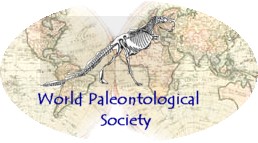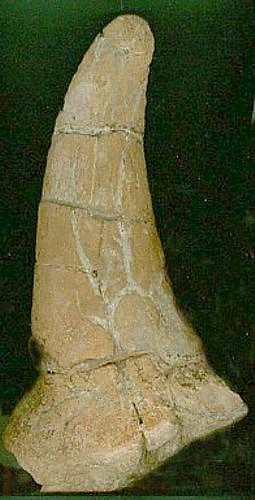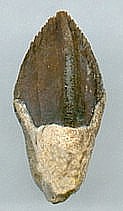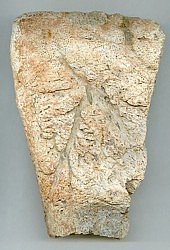 |
 |
 |
 |
 |
 |
 |
 |
 |
 |
 |
 |
 |
 |
 |
 |
 |
 |
 |
 |
 |
 |
 |
 |
 |
 |
 |
 |
 |
 |
 |
 |
 |
 |
 |
 |
 |
 |
 |
 |
 |
 |
 |
 |
 |
 |
 |
|
|
 |
|
|
|
Ceratopsians
...more than horns
....beaks too |
|
|
|
|
|
 |
|
|
|
 |
|
|
|
|
|
Triceratops and fellow ceratopsians have extreme variability in horn and frill projections. Were they used for defense only...possibly for display? |
|
|
|
|
|
Centrosaurus?
Horn
Late Cretaceous
Campanain
Oldman formation
Alberta, Canada
|
|
|
|
|
|
 |
|
|
|
 |
|
|
|
|
|
|
|
Many variations of teeth existed...above are specimens from the Oldman formation. |
|
|
|
 |
|
|
|
 |
|
|
|
|
 |
|
|
|
|
Ceratopsian teeth are rarely found complete. They are characterized by a double root with a central carina. Teeth were firmly attached to the jaw and 'broke' when shed. (3cm) |
|
|
|
|
|
A variety of shed teeth. They show the low crowns of 'browsers' who chew on hard vegetation. High-crowned teeth evolved later in the Eocene with the evolution of grasses. |
|
|
|
|
|
|
 |
|
|
|
Lower caudal (tail) vertebrae. These vertebrae can be distinguished from those of hadrosaurs by the more pronounced phlange on the centra. Large specimens are Triceratops from the Scollard and Hell Creek formations. Smaller middle specimens from unknown species of the Oldman formation (6 cm) |
|
|
|
 |
|
|
|
 |
|
|
|
Triceratops
Frill corner
Latest Cretaceous
Hell Creek Formation
(click to enlarge) |
|
|
|
|
|
|
|
|
 |
|
|
|
|
|
|
Predentary or 'beak'...Ceratopsians had no teeth in the front of the jaw. The beak was used to grab vegetation and brought 'back' to the teeth for chewing. (10 cm) |
|
|
|
|
|
Return to the
World Paleontonlogical Society |
|
|
|
|
|
7 cm |
|
|
|
|
|
Triceratops
Ungual (hoof)
Late Cretaceous
Hell Creek Formation
Jordan, Montana |
|











